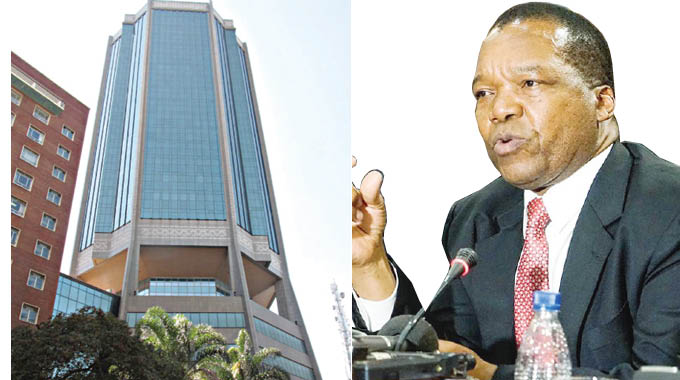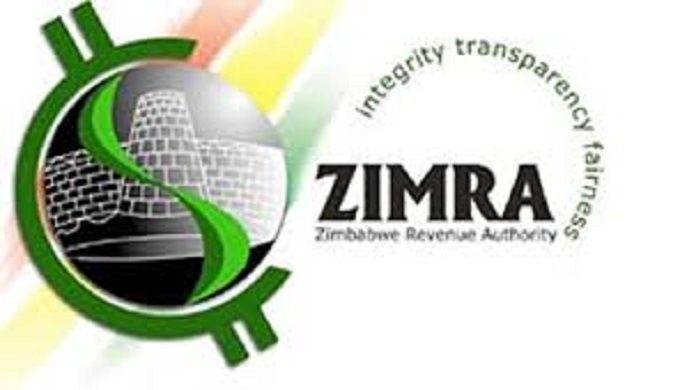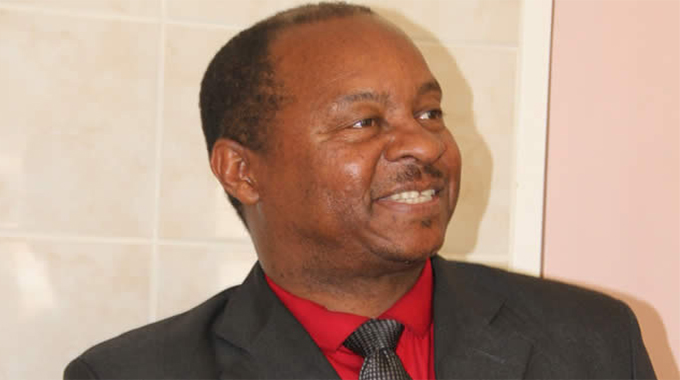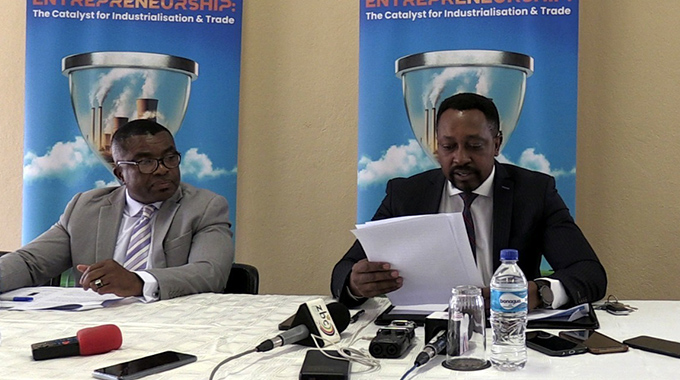Current account deficit to close 2019 at ‘US$600m’

Oliver Kazunga, Senior Business Reporter
GOVERNMENT targets to reduce the country’s current account deficit by 327 percent to US$597,2 million this year from US$1,4 billion in 2018. In the 2019 mid-term monetary policy statement presented last week, Reserve Bank of Zimbabwe (RBZ) Governor Dr John Mangudya said Zimbabwe’s current account deficit has since 2011 narrowed from a peak of US$2,7 billion.
He said in response to the fiscal and monetary reforms, Zimbabwe witnessed an improvement in the current account balance during the first half of 2019, due to import compression following the expenditure-switching effects of the introduction of the interbank exchange rate. “This has seen consumption moving away from imported products to domestically produced goods. The current account deficit narrowed from a peak of US$2,7 billion in 2011 to US$1,4 billion in 2018 and is projected to further contract to US$597,2 million in 2019,” he said. “This development augurs well with easing of pressures on the foreign currency demand and exchange rate stability.”
Dr Mangudya said the Central Bank has gone a long way in containing money supply growth through mopping up excess liquidity and reducing the RBZ financing of Government deficit.
Similarly, he said, the exchange rate depreciation has been contained and the interbank rate has stabilised following the removal of the multiple currency system in June this year.
Despite the above measures, annual inflation escalated from about 5,39 percent in September 2018 to 175,5 percent in June this year mainly reflecting the exchange rate price indexation in an environment of high premiums on the parallel market.
“Since the abolishment of the multicurrency system and re-introduction of the Zimbabwe dollar in June 2019 as well as the upward reviewing of the bank policy rate, the inflation pressures are expected to dissipate,” said Dr Mangudya.
“Both the annual and monthly inflation are expected to moderate over time.”
The RBZ Governor said while the adverse side effects of the policies to restore macro-economic stability were anticipated, it was essential to note that the measures were now beginning to bear fruit, with some stability being observed on the availability and price of foreign currency.
On the re-introduction of the Zimbabwean dollar, he said the move presents renewed scope for the bank to conduct effective monetary policy.
“Accordingly, the Central Bank shall vigorously pursue its primary objective of maintaining price and financial stability while complementing fiscal policy in line with the country’s objective of becoming an upper middle income country by 2030,” said Dr Mangudya.
To guide the RBZ monetary policy operations, he said, the monetary authorities would introduce US dollar denominated savings bonds.
“In order to promote a savings culture and to provide reasonable return on FCA Nostro account deposits and US dollar cash held by individuals and firms, the bank is with immediate effect, introducing US dollar-denominated savings bonds alongside the current ZWL$ denominated savings bonds, with among other features an interest rate of 7,5 percent per year; minimum tenure of one year as well as tax exemption, in line with Government policy,” said Dr Mangudya. — @okazunga











Comments